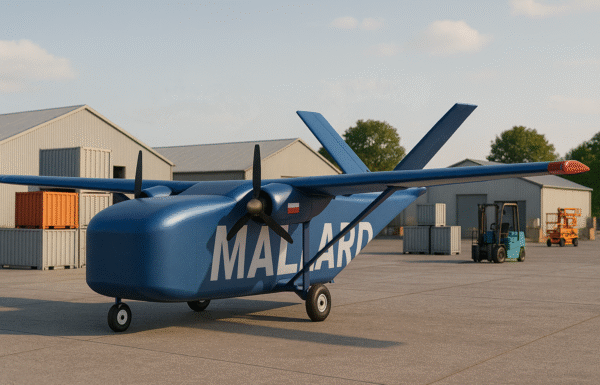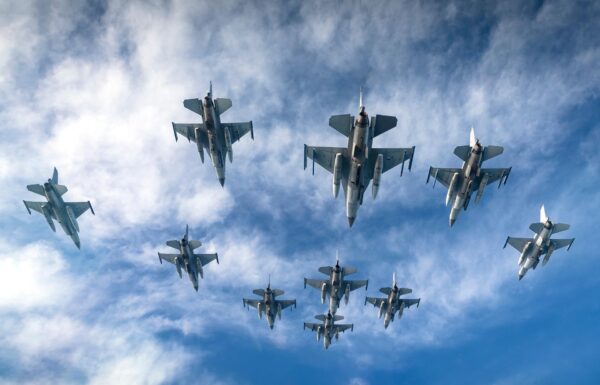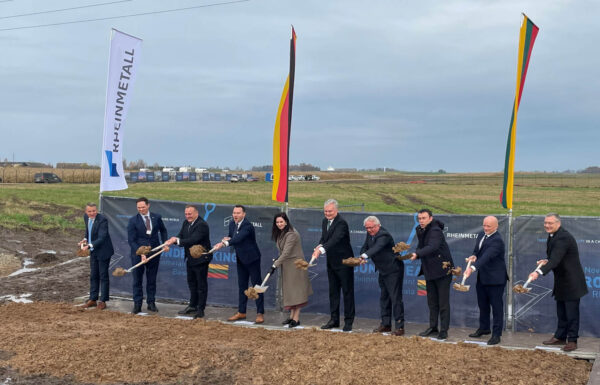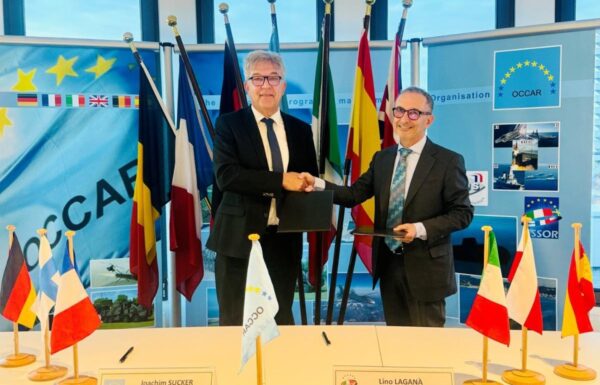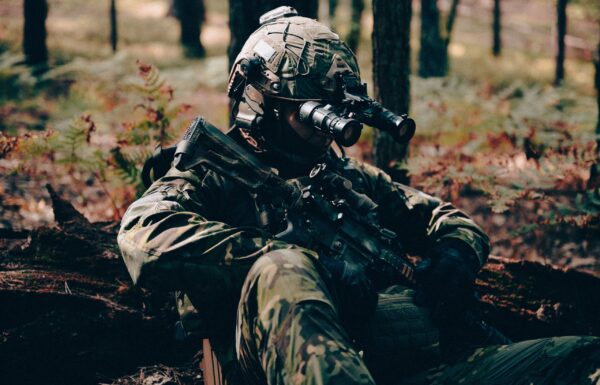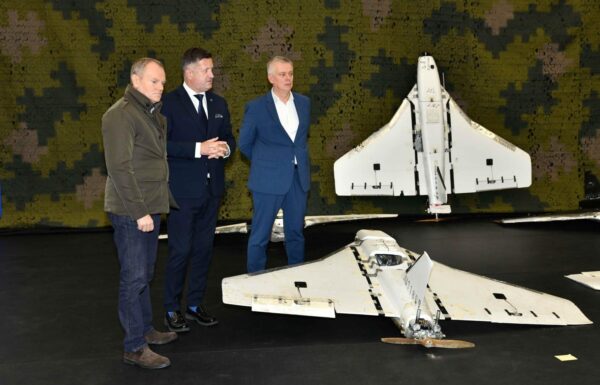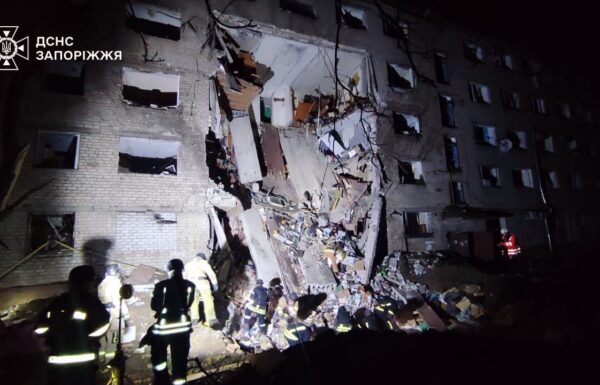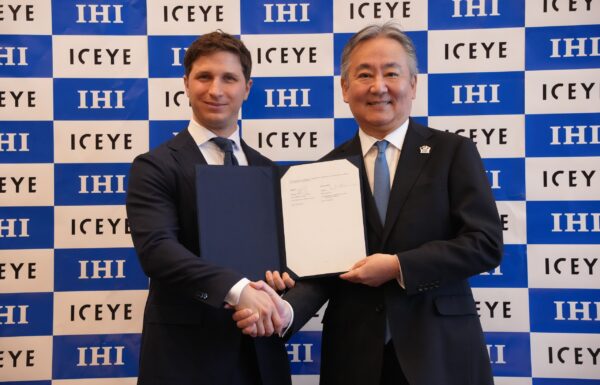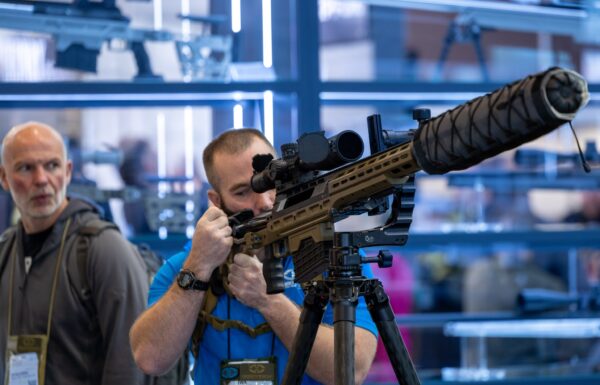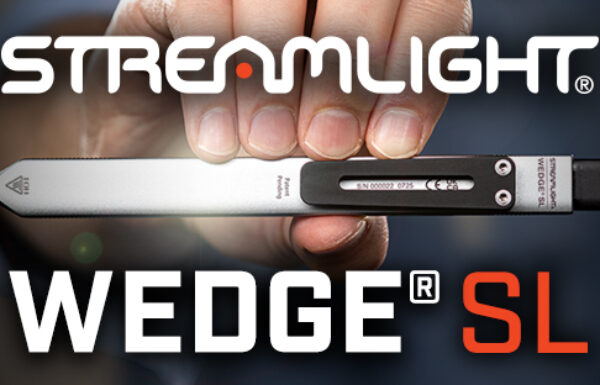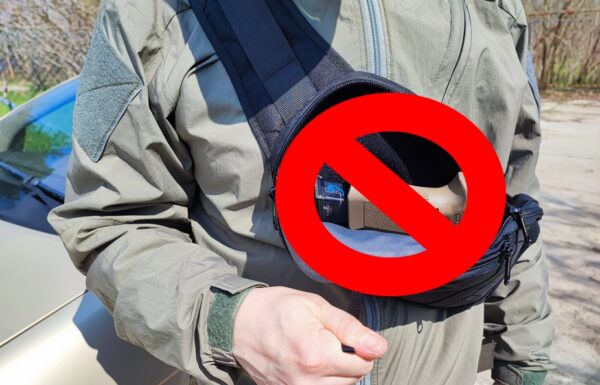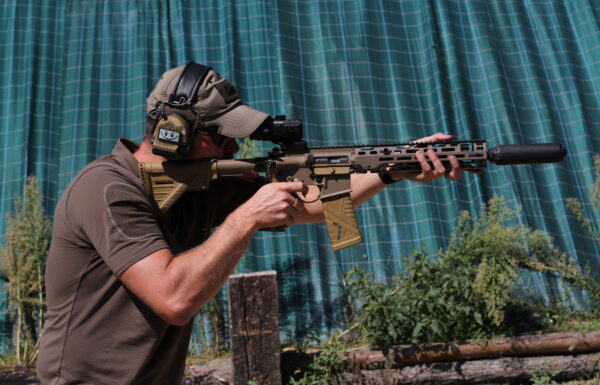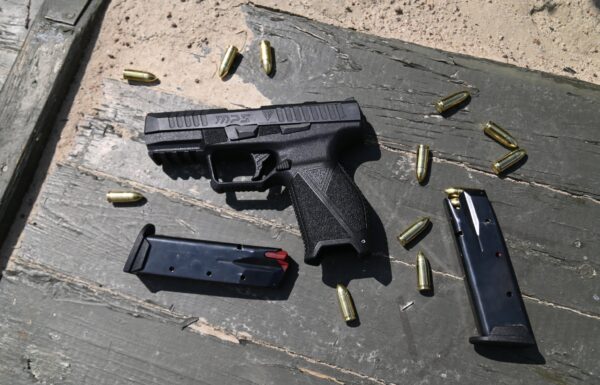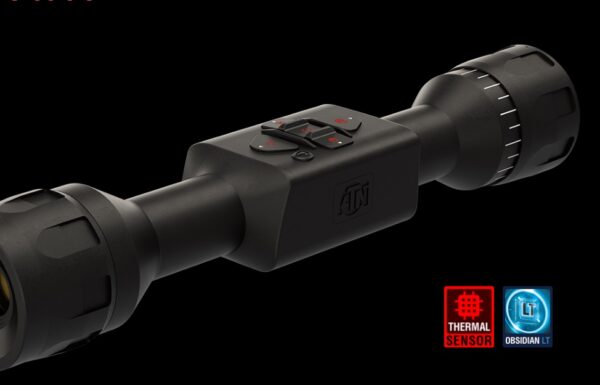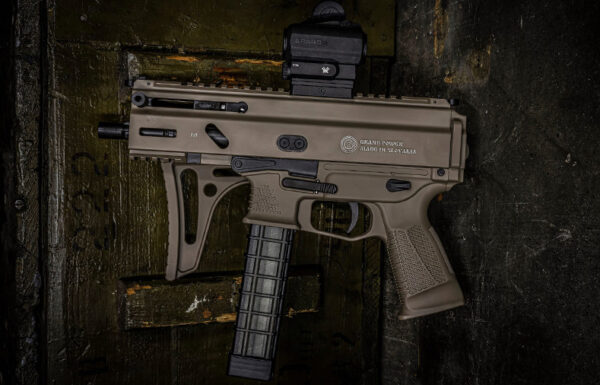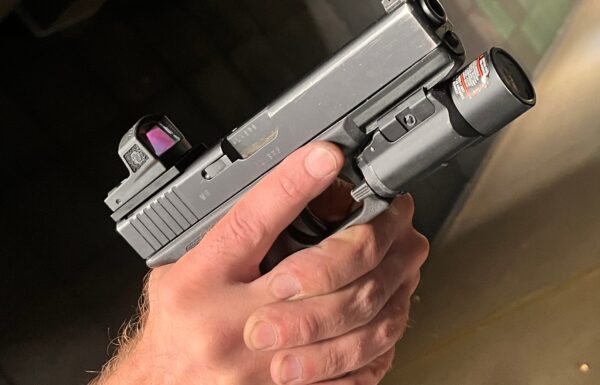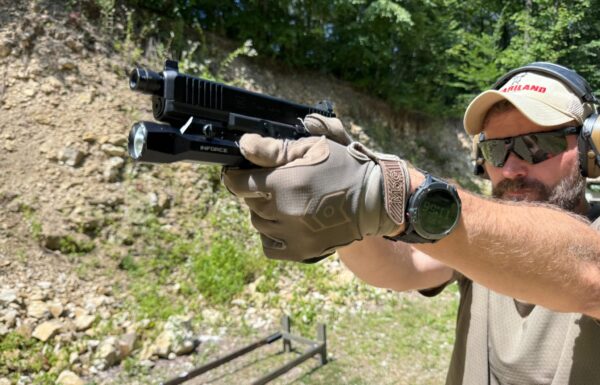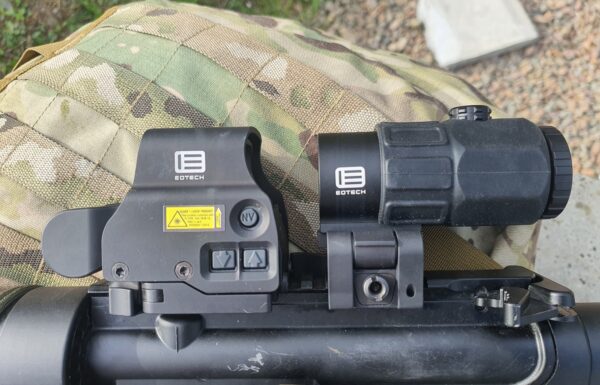On March 27 and 28, Huta Stalowa Wola, a member of the PGZ Group, hosted a visit for defense industry journalists. The purpose of the visit was to showcase how the Huta Stalowa Wola facility is expanding its production capabilities. Originally, the visit was planned as part of the ceremony for signing the contract for 111 Borsuk IFVs, but the location of the signing was changed at the last minute (The first series-production Borsuks have been contracted).
HSW grows its production capacity
The invited journalists had the opportunity to learn about the current progress of HSW’s latest investments aimed at increasing the company’s production capacity. Wiesław Szymczak, Management Board Member for Production and Logistics, presented two newly acquired HSW facilities, purchased from the Chinese company Liu Gong in the fall of 2023. These facilities were previously used for the production of construction machinery for the civilian market. They are now gradually being adapted for the manufacturing of Krab howitzers and Borsuk IFVs. However, they still require additional specialized machinery and equipment.
In one of the reclaimed halls (the so-called M16 plant), which once belonged to HSW’s construction machinery division, work is now underway on integrating Jelcz 8×8 chassis with Chunmoo launchers as part of the Homar-K program. In the other hall, production of transmission gearboxes—used, among others, in the Borsuk—is already underway. It’s worth noting that the M16 plant was originally built in the 1960s with the intention of manufacturing BWP-1 vehicles for the Polish Army. That production never materialized, and the facility shifted to construction equipment instead. Now, decades later, M16 is set to become the production site for the Borsuk IFV (The first launcher module deliveries under the Homar-K program have already taken place this year).
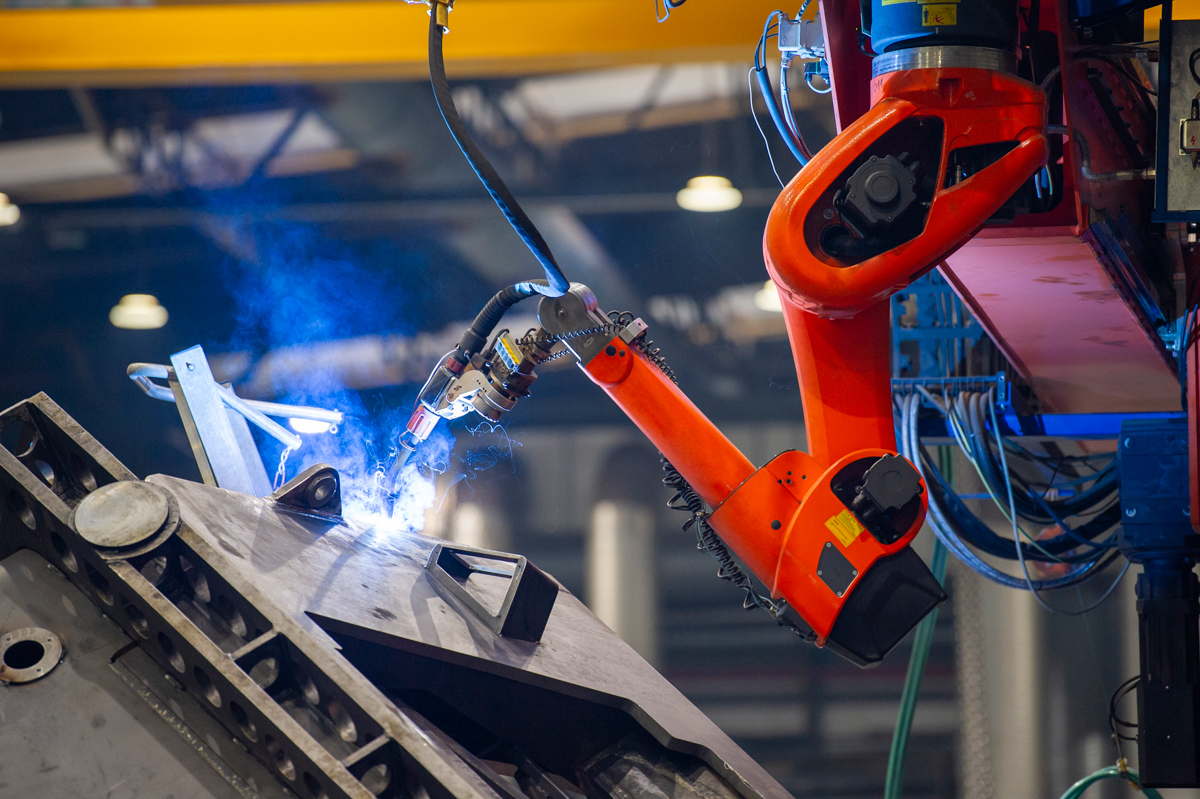
A welding robot used for welding turrets for the Krab and Rak systems. Larger versions of such machines are used for welding the hulls of Krab howitzers and Borsuk IFVs. / Photo: HSW
The renovated M16 facility will feature several workstations equipped with welding robots capable of welding the hulls of Krab howitzers and Borsuk IFVs, as well as several smaller stations dedicated to welding turrets for the Krab, Rak, and ZSSW-30 systems. This will represent a significant increase in the number of such machines currently used by HSW in its ongoing production.
HSW previously organized a similar media visit to its Stalowa Wola plant around a year ago. This gave us the opportunity to see just how much progress has been made in developing new infrastructure. Where a year ago there was an empty plot left after the demolition of an old factory building, a new hall now stands—substantially expanding the floor space of the existing plant where Krab, Rak, and ZSSW-30 systems are currently produced. The new hall is ready to be fitted with specialized production machinery, which is expected to be installed in the coming months.
HSW’s investments also include the barrel manufacturing facility, which is set to receive new machinery that will significantly boost production capacity. Currently, in addition to producing barrels for the Krab and Rak systems, HSW also has the capability to manufacture barrels for Leopard 2 tanks.
As Wiesław Szymczak points out, the new investments will multiply HSW’s production capabilities. In his view, the plant will soon be ready to take on additional orders for more Borsuk IFVs and carry them out in parallel with the contract signed on March 27 of this year. He cites the example of the ZSSW-30 turret systems: HSW is currently executing two contracts at the same time—one for 70 units and another for 58. A similar model could be applied to Borsuk production.
Krab modifications and HSW’s increasing expertise
HSW will soon gain new competencies in servicing Mk 44S Bushmaster II cannons used in the turret systems of the Rosomak wheeled APC and the Borsuk IFV. A dedicated service center for this weapon system will be established in Stalowa Wola. In addition to the Bushmaster cannons mounted on land platforms, the facility will also handle maintenance work for weapons systems installed on Polish AH-64D/E Apache Guardian helicopters in the future.
Alongside the production of ZSSW-30 turrets, Krab howitzers, and Borsuk IFVs (discussed further below), HSW is also manufacturing new Command Vehicles/Command-Staff Vehicles (WD/WDSz) for units equipped with Korean K9 self-propelled howitzers. The new WD/WDSz vehicles feature hydropneumatic suspension and newly designed hulls with slightly modified geometry—the front section resembles the silhouette of the Borsuk.
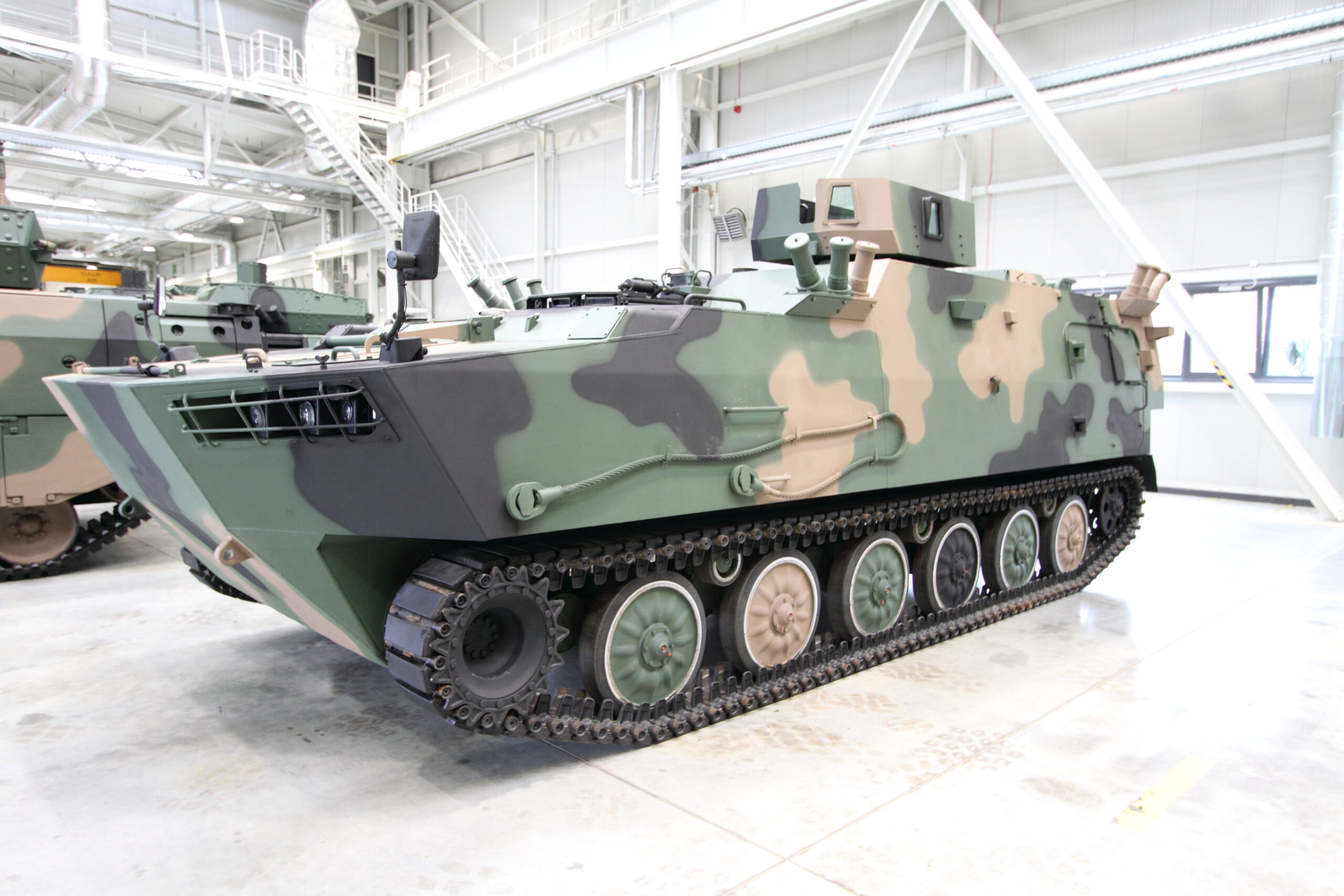
New Command/Command-Staff Vehicle (WD/WDSz) / Photo: Grzegorz Sobczak, MILMAG
Development of the Krab self-propelled howitzer is also ongoing. The Krab K-01 variant, featuring enhanced onboard equipment, has already been developed. Work is now underway on the Krab K-02 version, which is expected to include, among other upgrades, an autoloader and a remotely operated weapon station. The crew of this variant will be reduced from five to four members. Interestingly, in the event of an autoloader malfunction, the crew will retain the ability to load the gun manually.
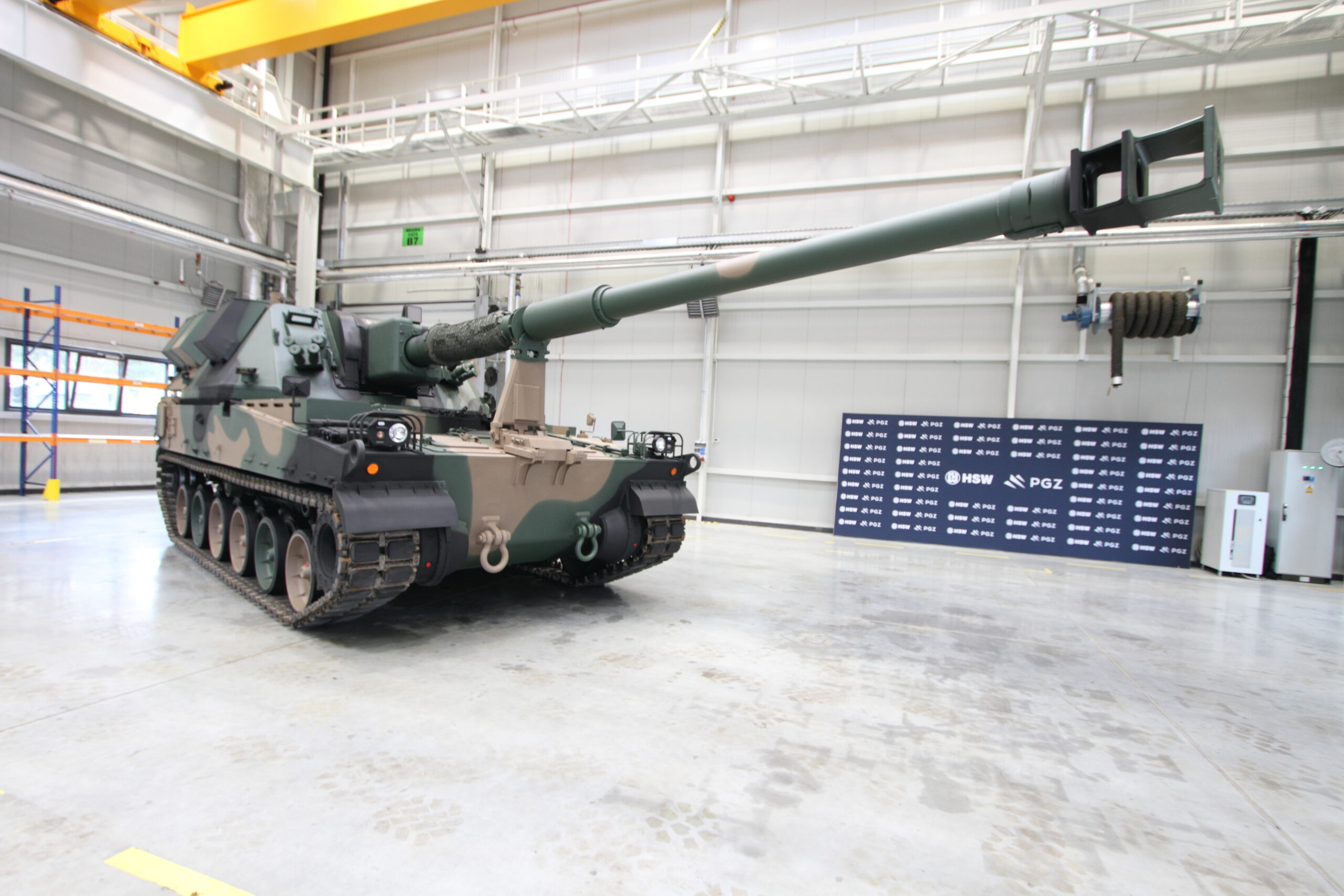
One of HSW’s most well-known products — the Krab self-propelled howitzer. The company is currently working on further modifications: the Krab K-01 and K-02 variants. / Photo: Grzegorz Sobczak, MILMAG
Heavy Infantry Fighting Vehicle and other ongoing development programs
HSW management representatives also presented the company’s current involvement in various development programs. Among the projects underway is a new “light” Remote-Controlled Weapon Station, the ZSMU-30, intended for platforms such as the Waran vehicle. Testing of the new system is expected to begin later this year, and the ZSMU-30 will likely be publicly unveiled at the upcoming MSPO defense exhibition in Kielce.
The Baobab-K scatterable mine-laying system is also undergoing modernization. The platform on which the system is mounted will feature a modular design, allowing for flexible configuration of the number of mine launchers. While the current version has six launchers, the modified variant will enable customers to choose from two to six. The modular design will also make it possible to integrate the system onto a tracked chassis in the future.
These are, of course, just some of the development efforts currently underway at HSW. Notably, a new mortar turret system for the Rak, designed primarily with the Borsuk in mind, was unveiled last year and is now undergoing testing. HSW is also working on a new heavy infantry fighting vehicle, which it plans to offer to the Polish Land Forces. During the visit, an initial visual concept of the vehicle was presented. The company also revealed its concept for a new wheeled armored personnel carrier, referred to as nkto (nowy kołowy transporter opancerzony). According to HSW board members, around 340 people are currently employed in the company’s R&D efforts, including design, testing, and related activities.
Borsuk production
Deliveries of the Borsuk IFV under the first contract are scheduled for the years 2025–2029. This timeline will be achievable thanks to certain proactive measures taken by HSW. First and foremost, expansion work at the plant—necessary for launching Borsuk production—was initiated early enough that the new production capacity will become available in the near future.
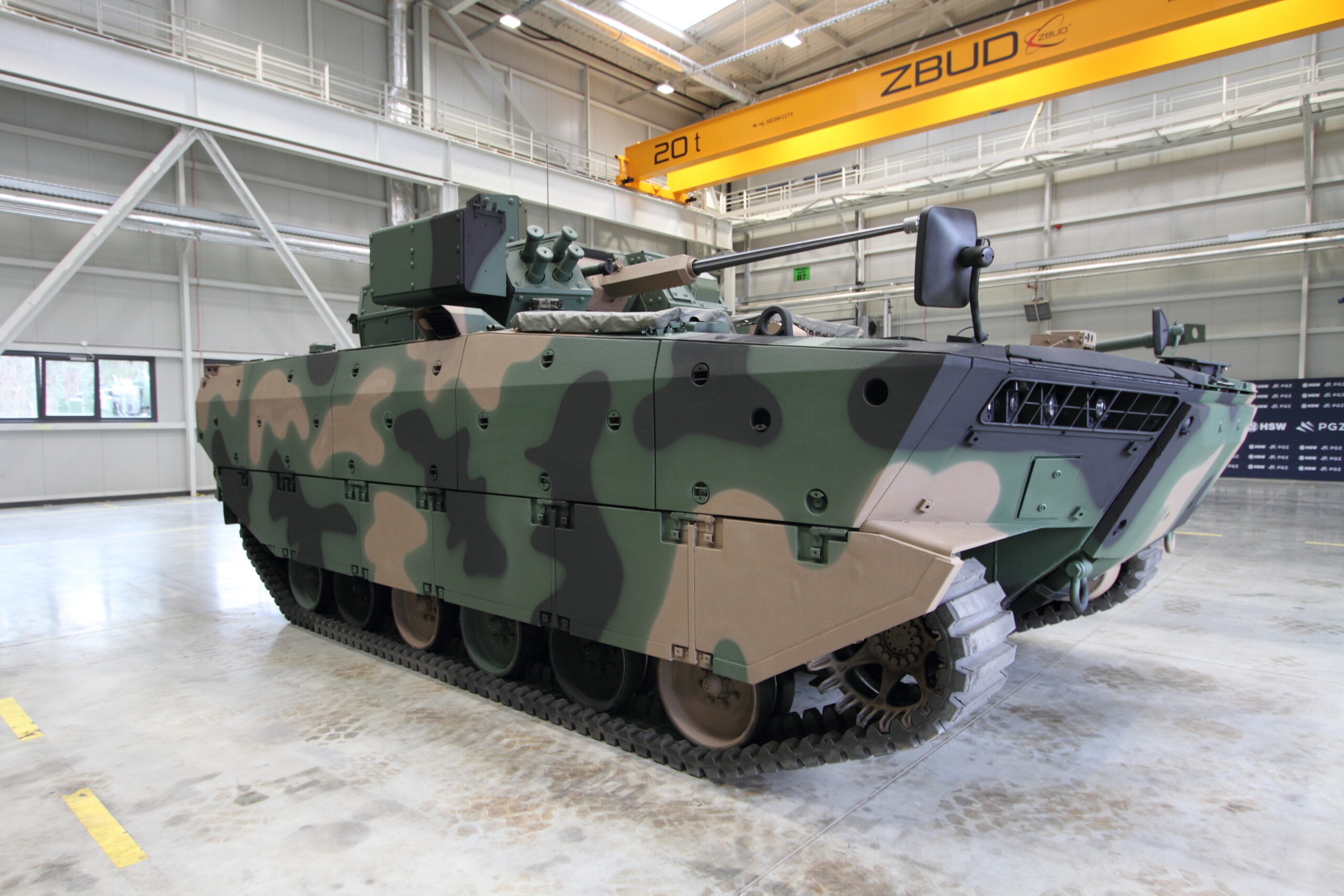
HSW’s latest creation – the Borsuk NBPWP / Photo: Grzegorz Sobczak, MILMAG
Secondly, in preparation for fulfilling the first executive contract, HSW began serial production of Borsuk vehicles ahead of schedule, which means the first units of the Borsuk IFV will be delivered later this year. Interestingly, the first Borsuks to enter service with the Land Forces will be newly built vehicles. The prototypes used during testing will undergo certain upgrades to bring them in line with the current configuration before they are handed over to the military, so they will be delivered at a later date.
To conclude, it’s worth noting that HSW is not limited to its facilities in Stalowa Wola. The company also includes branches in Dęblin and Autosan in Sanok. At the latter location, assembly of Jelcz trucks was launched at the end of last year—specifically, two-axle, medium-duty 442.32 4×4 vehicles.



